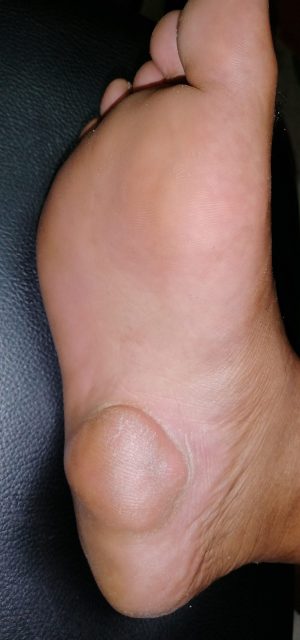
Spindle cell lipoma is a rare, benign soft tissue tumour that can occur in the foot. It is composed of spindle-shaped cells that are usually located in the subcutaneous tissue, or the layer of tissue just beneath the skin.
Spindle cell lipomas can appear as a slow-growing, painless mass in the foot, and may be mistaken for other types of tumours or cysts. They are most commonly found in middle-aged or older adults, and are more common in men than in women.
The cause of spindle cell lipomas is not well understood, but they may be related to genetic mutations or other factors that cause abnormal growth of soft tissue cells.
Treatment for spindle cell lipomas of the foot typically involves surgical removal of the tumour, which can be done on an outpatient basis under local anaesthesia. In some cases, imaging studies may be needed to determine the extent of the tumour and ensure that it can be safely removed.
Most people with spindle cell lipomas of the foot have a good prognosis, as these tumours are usually benign and do not spread to other parts of the body. However, it is important to have any new or unusual growths on the foot or ankle evaluated by a healthcare professional to rule out more serious conditions.
